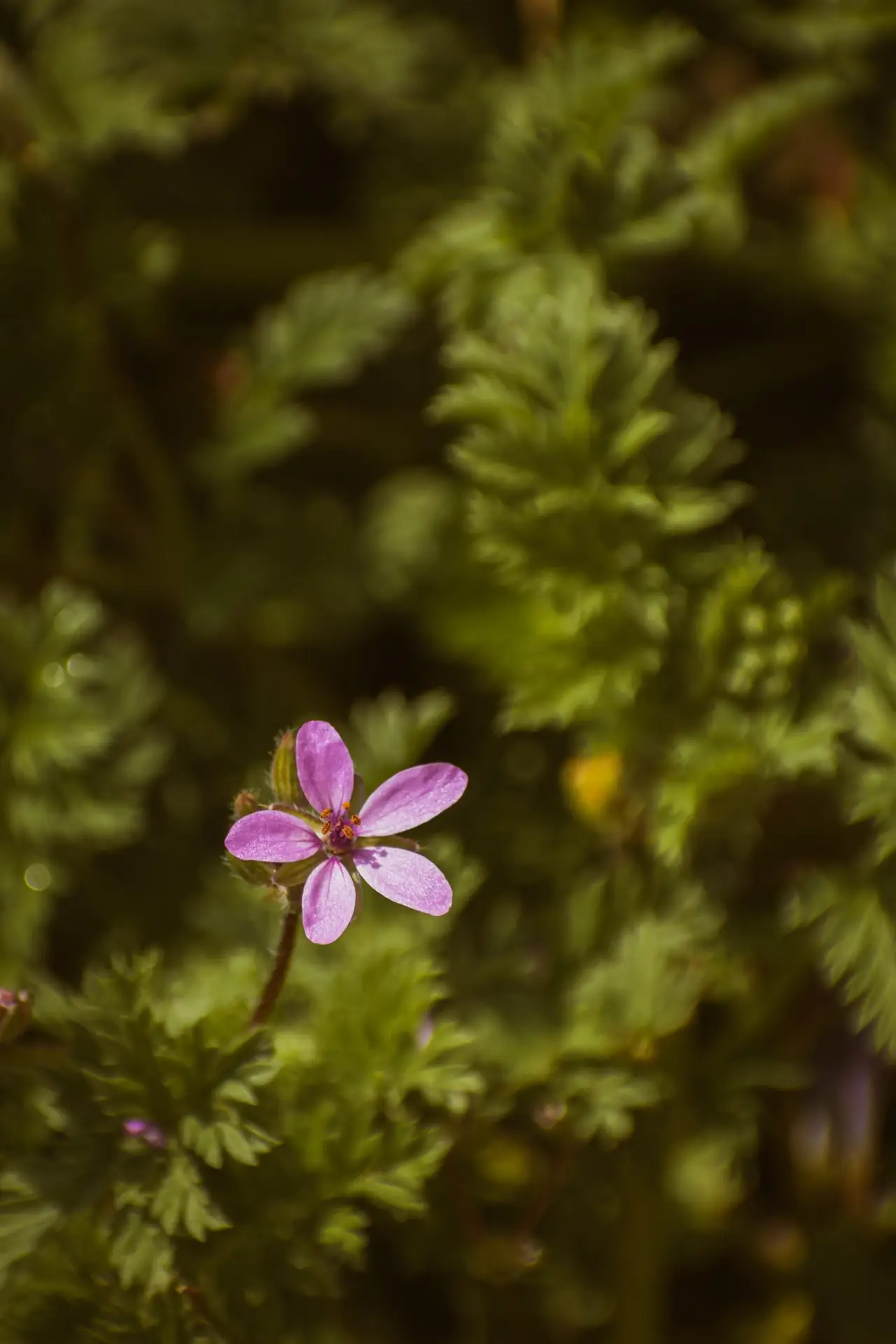
Common Stork’s Bill
Πιρουνάκι
Iğnelik
Foraging for roots, bulbs, and rhizomes can provide a nutritious and delicious addition to your diet. Some examples of edible plants with edible roots, bulbs, and rhizomes include burdock, dandelion, cattails, and wild onions.
When foraging for these plants, ensure that you are positively identifying the plant and that it is safe to eat. Some plants, such as the poison hemlock, can be potentially toxic, and it’s important to avoid consuming them.
Once you have harvested the roots, bulbs, or rhizomes, you can prepare them in a variety of ways. You can peel and slice them thinly and fry them to make chips or use them in soups and stews. They can also be roasted or baked and served as a side dish or snack.
The team here at Wild One Cyprus are not agreed that foraging for roots, bulbs, and rhizomes is sustainable.
Exercise restraint, respect for the ecology and common sense. Pulling a plant from its root, rhizome or bulb before it has a chance to reproduce effectively ends its productive life.
In some cases the bulb is best foraged before it has flowered. We would welcome suggestions and comments about this subject.

Πιρουνάκι
Iğnelik
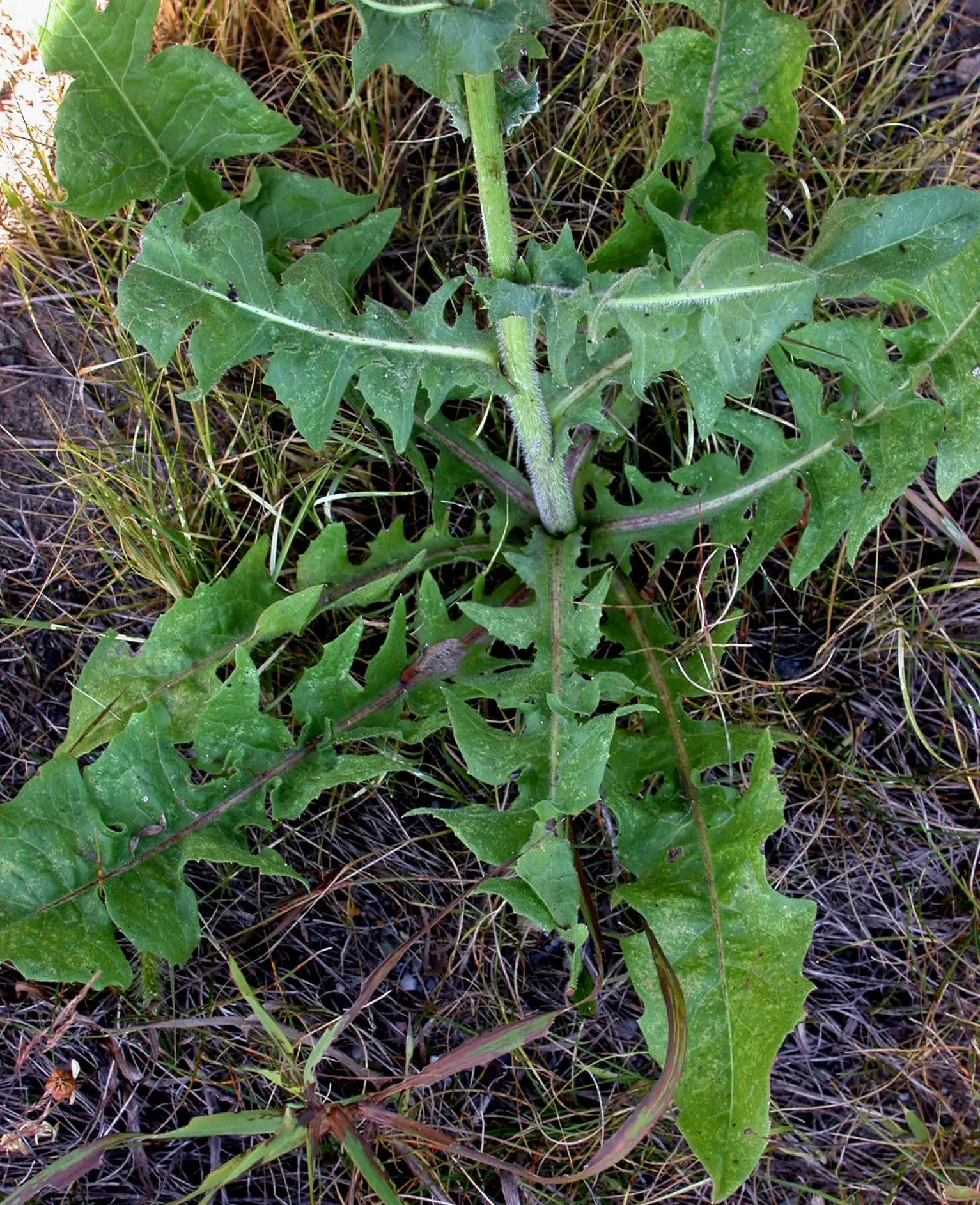
Αγριοράδικο
Hindiba

Οξινουθκια
Sarı ekşiyonca
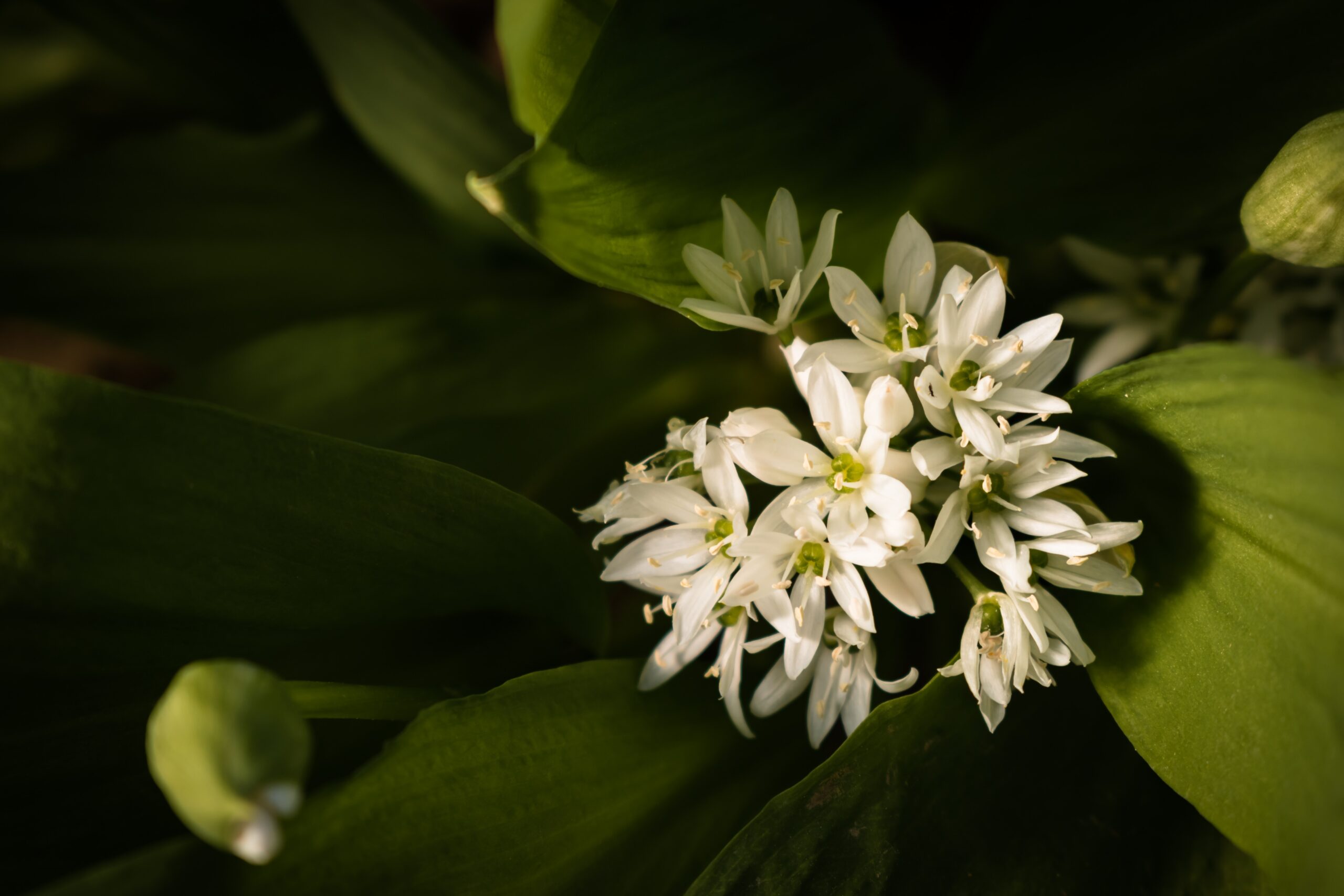
Σκουράθθα
Körmen
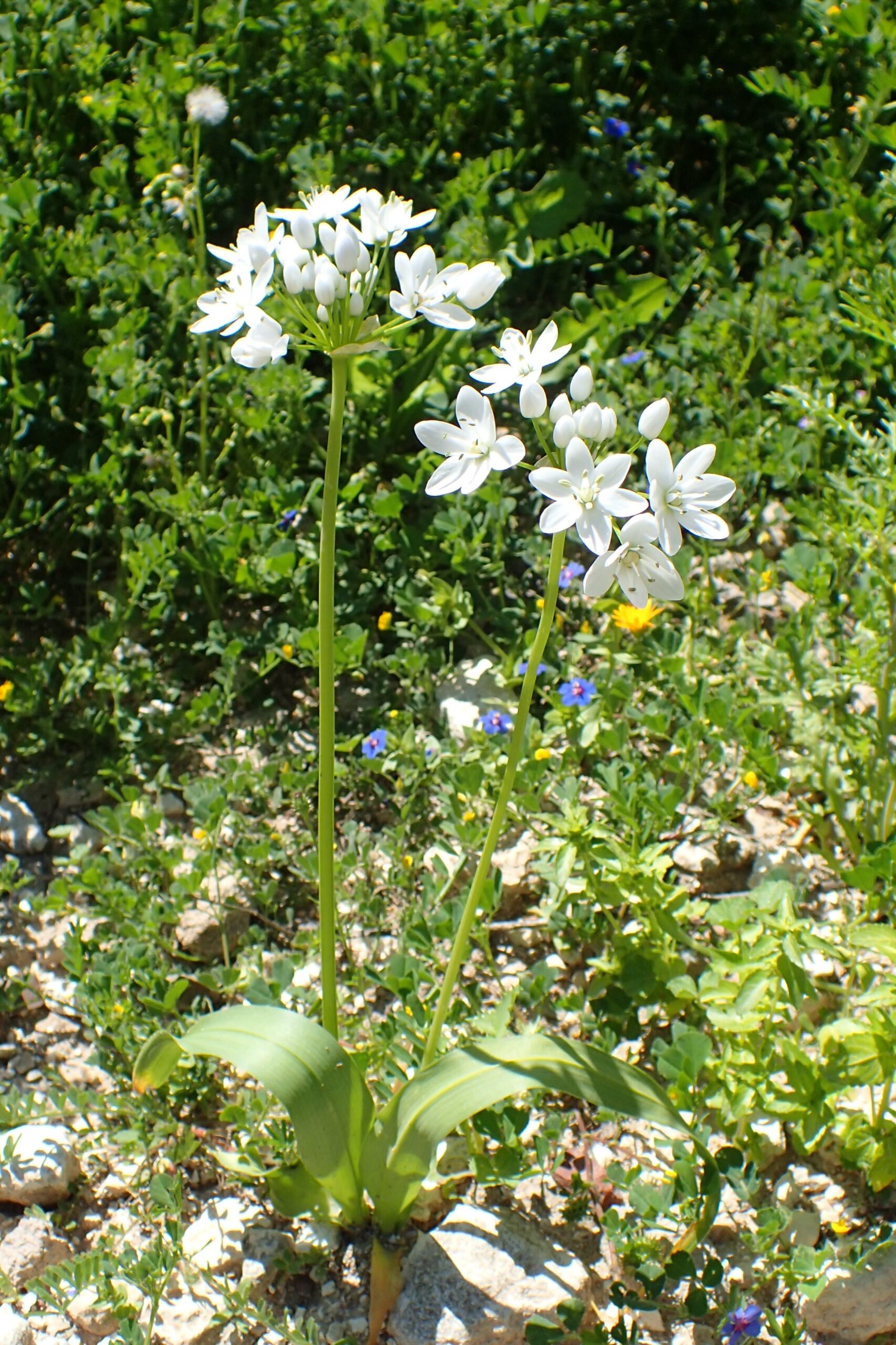
Σκορτάλλιν
Sarımsak Çiçeği
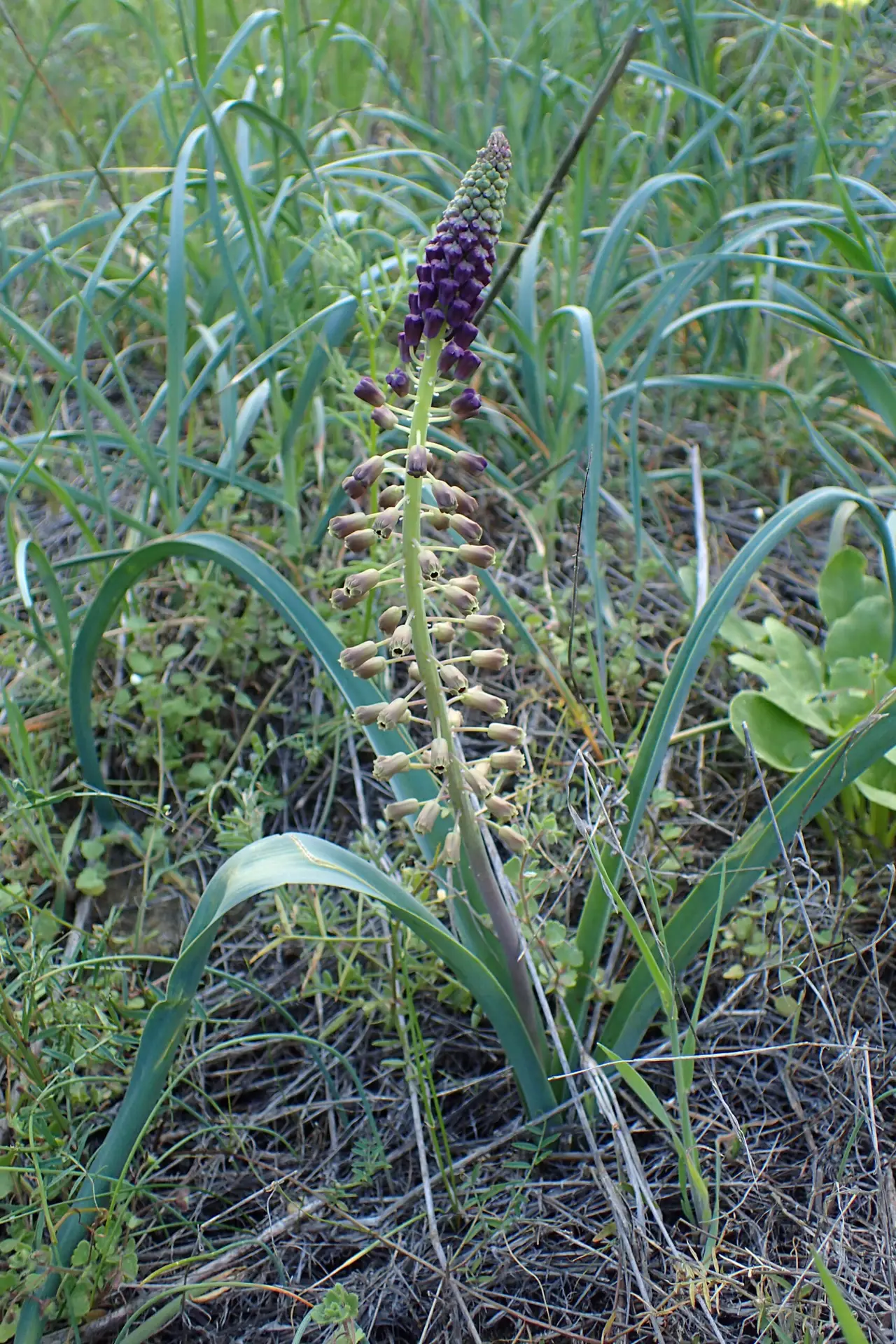
Αγριοϋάκινθος
Morbaş
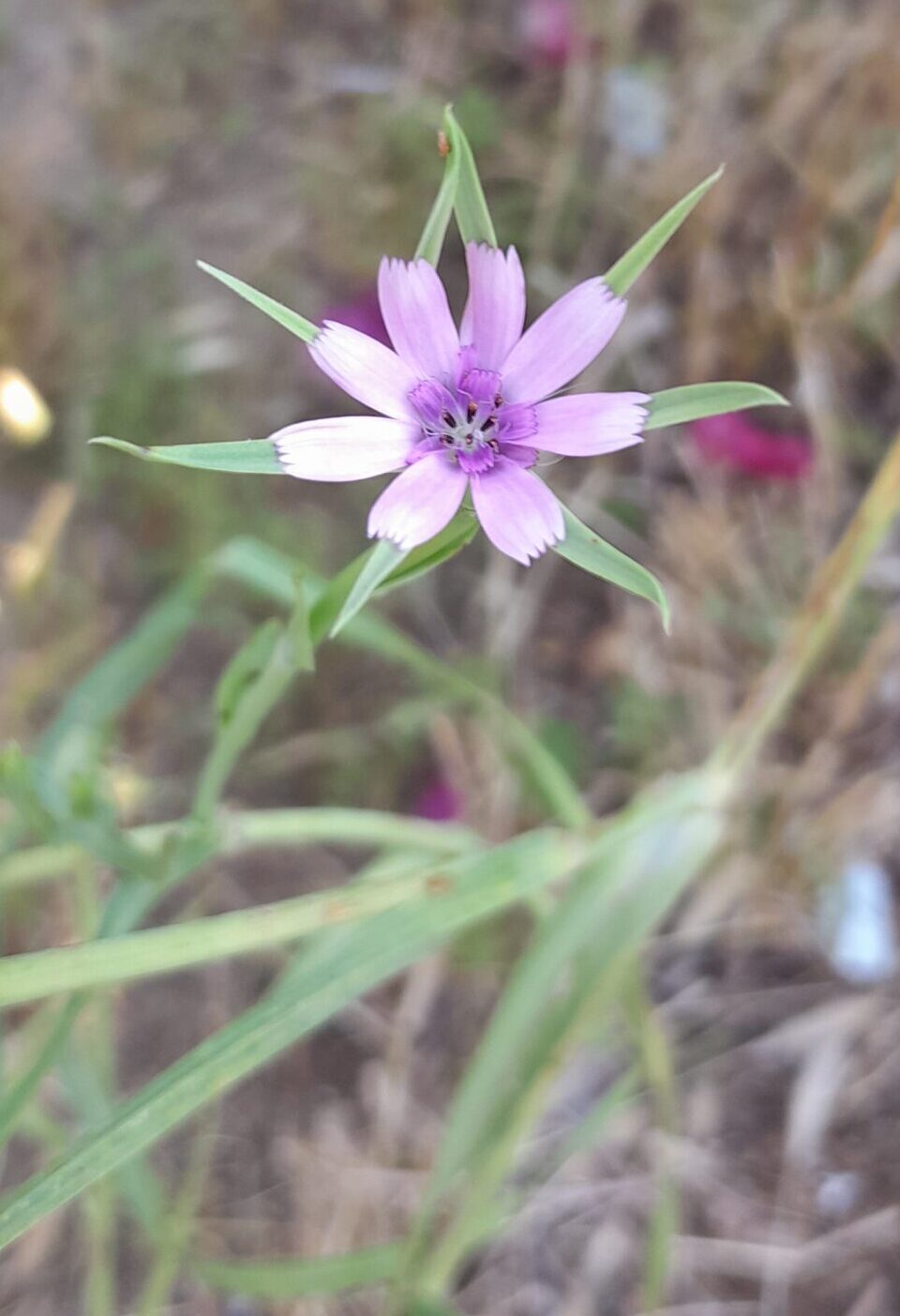
Καλακατσούνα
Çayır Teke Sakalı
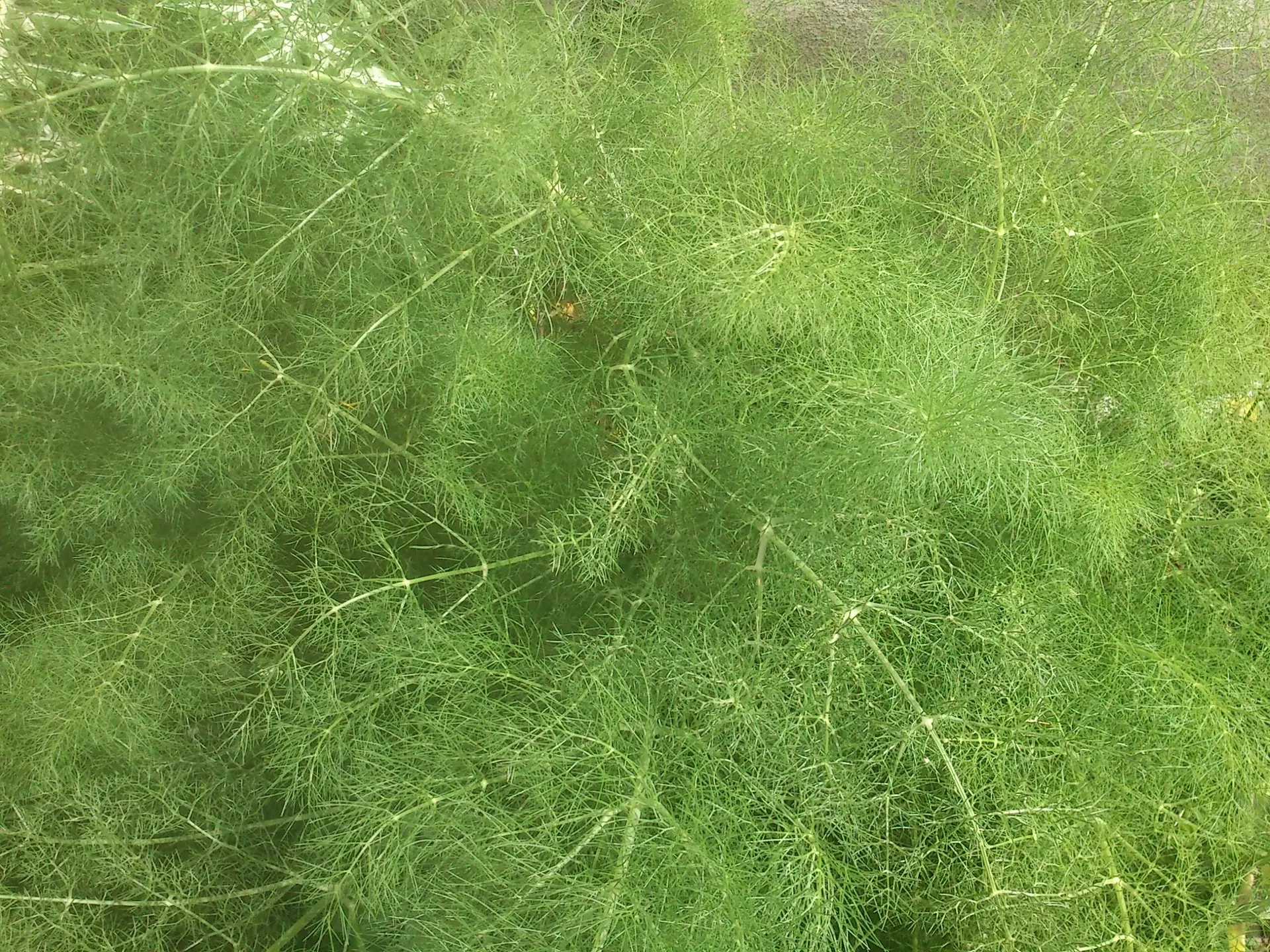
Μάραθος
Rezene
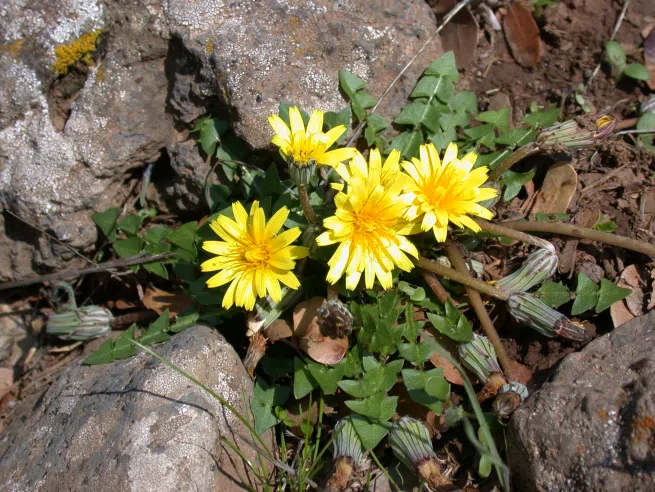
Αγριοραδίκι
Karahindiba
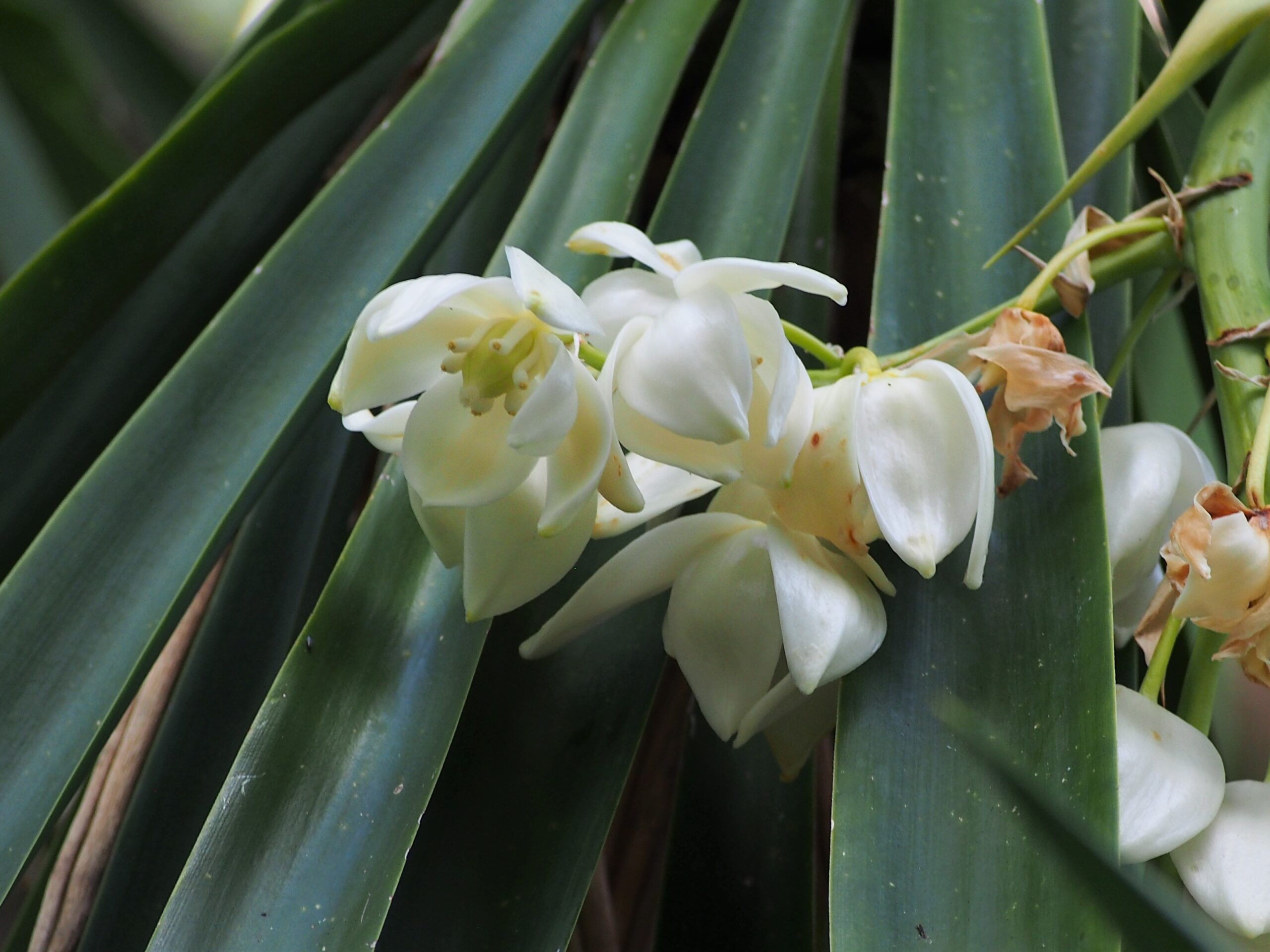
Γιούκα
Yuka